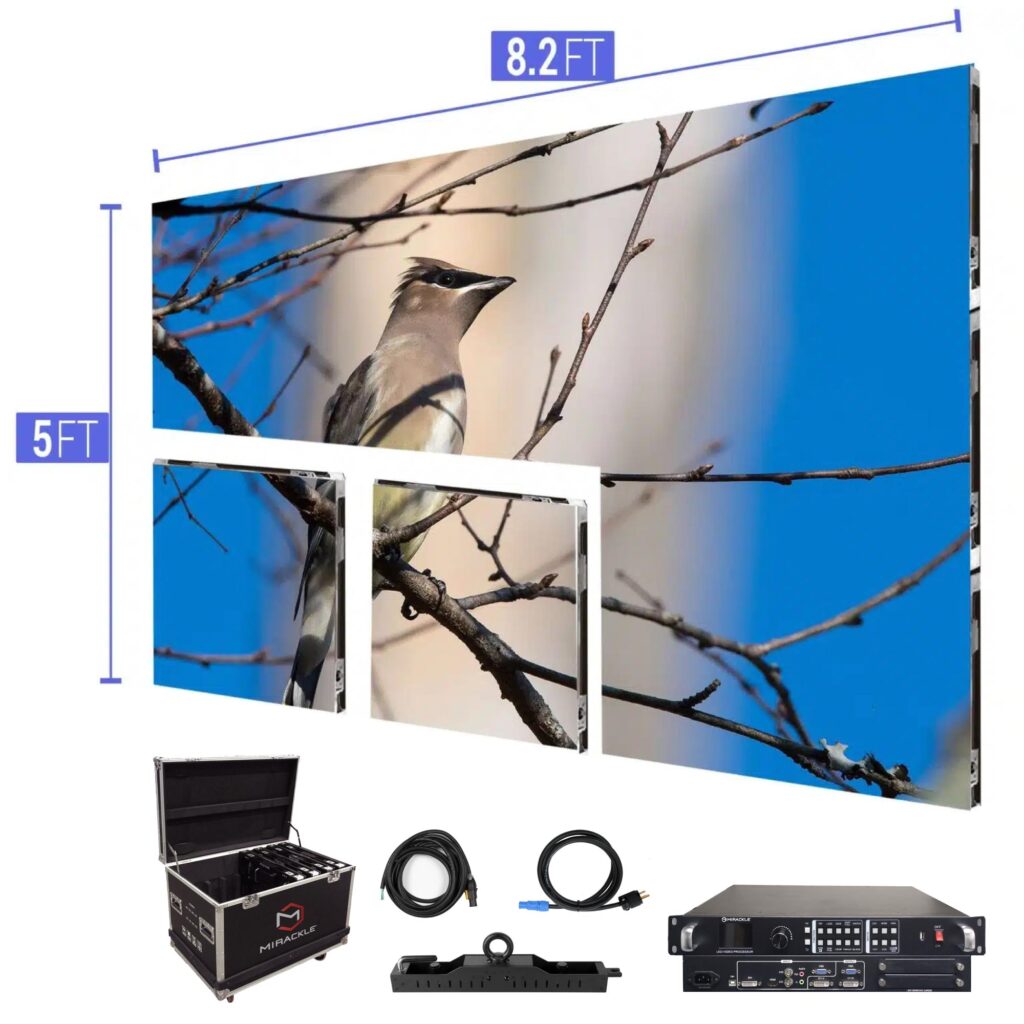Hue precision is crucial for producing breathtaking graphic displays, particularly when employing LED screens. These massive displays are frequently found in locations like concert venues, sports arenas, and promotional billboards. When the hues on an LED screen are not correct, the visuals can look flat or distorted, which can affect the overall impression for viewers. Therefore, mastering color precision in LED wall calibration is vital for achieving lively and realistic visuals.
The first step in ensuring color accuracy is comprehending how LED systems works. LEDs, or light-producing diodes, generate light in various colors by combining red, green, and blue (RGB) light. Each pixel on an LED wall is made up of these three hues. When calibrated correctly, the combination of RGB can create a wide range of hues. However, if one hue is too intense or too faint, it can distort the whole screen. This is why tuning is necessary to equalize the colors and achieve the desired visual result.
Tuning entails modifying the settings of the LED wall to make sure that the hues displayed correspond the original content as nearby as feasible. This process usually involves using specialized software and hardware instruments. Technicians often use color measurement devices, such as color meters, to analyze the hues being shown. By comparing the assessed hues to standard color standards, they can make exact adjustments. This ensures that the hues are not only vibrant but also consistent across the whole screen.
Another crucial factor of color accuracy is understanding the surroundings in which the LED screen is used. Elements such as ambient light can significantly affect how colors look. For instance, a well-lit lit room may wash out colors, making them look not as vibrant. To mitigate this, technicians may modify the brightness and differentiation settings of the LED screen. Additionally, they may choose particular color profiles that are better appropriate for different lighting environments. This adaptability helps maintain color precision regardless of the observing environment.

Finally, regular maintenance and re-tuning are crucial for keeping an LED screen looking its best. Over time, the performance of LEDs can alter due to elements like degradation and temperature fluctuations. Frequent inspections and adjustments can help ensure that Discover More Here the colors remain accurate and lively. By committing time in proper tuning and upkeep, venues can offer viewers with stunning graphic displays that enhance their total experience. Mastering color precision in LED wall calibration is not just a mechanical job; it is an art that contributes to the wonder of visual storytelling.
Comments on “Mastering Color Precision in LED Display Calibration for Stunning Graphic Displays”